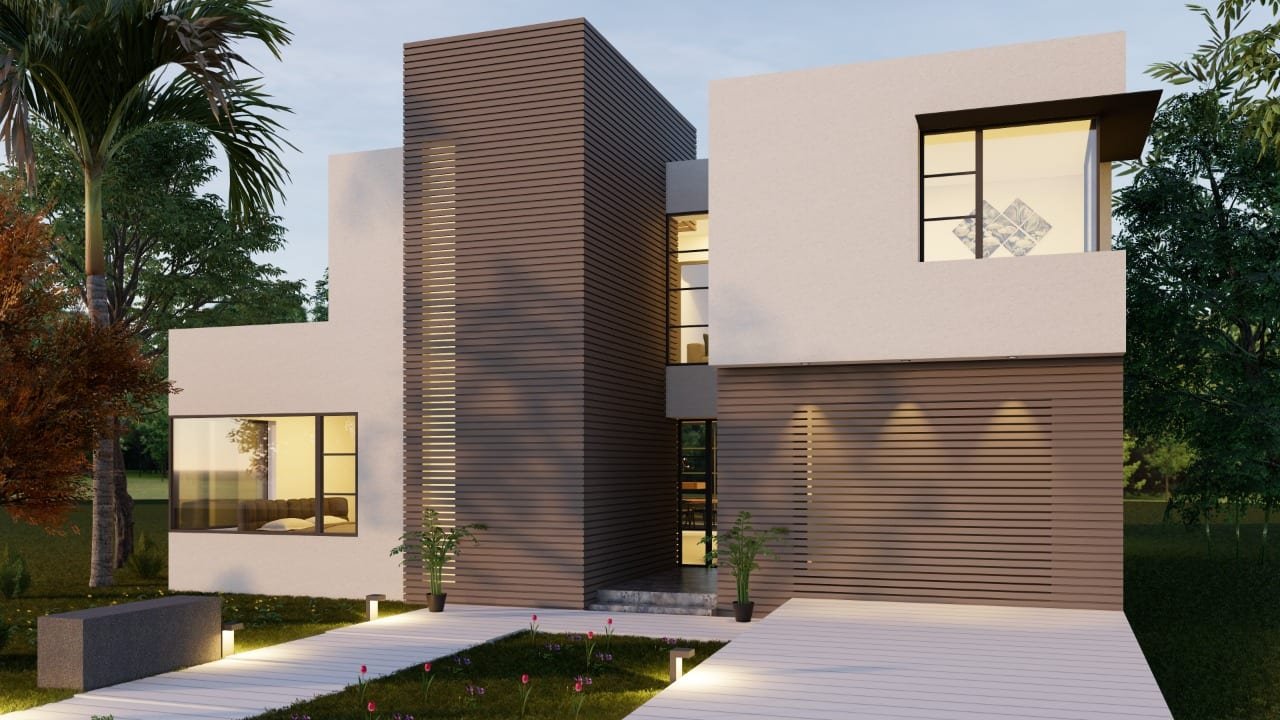About the Dominican Republic
The Dominican Republic is a country with a well-developed tourism infrastructure, which chose the all-inclusive system as a base. Almost the entire coast of the Dominican Republic is a continuous beach.
In this beautiful country there are several areas that have international fame, such as: Playa Bávaro, Playa Dorada and Puerto Plata, Cabarete, Sosua – where you will find white sand, warm waters and preventive maintenance. The Dominican Republic is an exotic land of magnificent nature. Hundreds of kilometers of white sand beaches protected by coral reefs, crystal clear waters of the lagoon, rivers, lush forests and majestic mountains. From the natural beauty of the island can not ignore the waterfalls of lemon: bathed in it, according to the local people, will live comfortably for the rest of their days. And the boat trip through the Laguna Gri Gri, an intricate labyrinth of mangroves, lianas and palms in the river delta. Climbers and only those who love the mountains rise to the top of Duarte. For the top are routes of different difficulty, and each can choose their way of climbing. Tearing yourself away from lying on the beach, to visit the capital of the country – the city of Santo Domingo, where you can visit the colonial zone, privileged area for having a unique and interesting history. The first street in the New World, the first church in the New World, the first customs in the New World. All this is in this area.
A little of history
Due to the number of attractions, the Dominican Republic prevails over other Caribbean countries. The oldest history of the island is closely intertwined with the life of the great traveler Christopher Columbus, so there are a lot of architectural monuments associated with him and his family. A very popular way to brighten the night among tourists is to visit the tomb of Columbus. During the day, this gray concrete building produces a very grim impression. But at night from the roof to the sky beating powerful multicolored lights. And the bright white cross appears at the top of the luminous column of color, three hundred meters high.
Santo Domingo de Guzmán, is the first city of the New World. In 1990, its colonial areas were declared by UNESCO “property of humanity”. diverse modern city, keeps in its ancient heart of more than three hundred monuments of the colonial era, carefully protected in order to visit these places, we can ignore the present and imagine yourself together with Diego Colón, María Toledo and ladies of the court and listen to the story of the Enriquillo leader, “human dignity and justice” signed the first peace treaty in America between the Indians and the Spaniards.
Do not miss the opportunity to visit the romantic ruins of the San Nicolás hospital (Hostos street), the Carmen church (on the corner of Arzobispo Noel and Sánchez), the church and the San Lázaro Hospital (Piazza San Lázaro), the Church and Cathedral of Las Mercedes (San street -Mercedes) and Beacon Columbus area (the Parkes) Landmark in the shape of a cross, where the remains of Christopher Columbus are found. The pillar of this cross measures 230 meters long, the crosspiece measures 70 meters. The height of the structure is 70 meters
Entertainment
Entertainment in the Dominican Republic has a great variety. First of all, it is, of course, the magnificent deep sea fishing, which is literally everywhere – in the north and on the south coast of the country. The nightlife in the Dominican Republic is also amazing. To see this, it is enough, to go to the edge of Santo Domingo, which is located at the confluence of the Ozama River in the Caribbean Sea. There are a number of different activities to do from drinking coffee, rum and beer with alcohol. In any town there are many clubs that do not close until morning. Which means that the nightlife in the Dominican Republic will leave you enchanted ..
Ciudad Colonial
Built in 1502 by Nicolás de Ovando, the colonial city occupies the old part, the center of Santo Domingo, is rich in monuments from the colonial era. Walking through the streets of Las Damas, you will find on your way a strong Cult, also called simply La Fortaleza (Fortress). This is the first fortress of the New World. Here are the Casa de Bastidas, or the palace of the captain and the House of Ovando, famous for its gateway to the Gothic style of Queen Elizabeth, the only ones in the world.
Plaza de España highlights the fortress of Colón – the house where Diego Colón lived, son of the great discoverer. The palace was built in the Gothic style with elements of Arabic architecture (in the style of “Mudejar”) and is situated in a luxurious jungle setting, emphasizing its beauty. In Isabel la Católica street you will find one of the most emblematic buildings of the island – the Santa María la Menor temple, dedicated to the Virgin Mary, patron saint of America, as well as Borgella Palace, the majestic ruins of San Francisco, the Casa del Duarte and the Church of Santa Bárbara. On Padre Billini Street attract the attention of such historic buildings as the Church of Regina-Angelorum, built more than 200 years ago, the house of the mysterious masked man – Casa del Tapao, the church of the Dominican Order – Edf The Dominicans the first University of America, tangents the Church of Santa Clara, the Casa de Moneda – Casa De Moneda and other architectural monuments. Here you can have a delicious lunch and, a little later, immerse yourself in the warm festive atmosphere of the night city.
A modern city
Anyone who thinks that the unsurpassable charm of Santo Domingo owes only his distant history is deeply mistaken. Santo Domingo is a young, bubbling city, full of life, entertainment and surprises. Between the museum and a walk through the streets of the colonial city, pays homage to nature. You will see everything with different eyes! The national aquarium (Avenida de España) is really a unique spectacle. Passes through the transparent walls of the corridor between the aquarium feels immersed in the underwater world, inhabited by multicolored fish wide variety of species. The same strong impression and Botanical Garden – a green oasis in the heart of the modern city, breathing the scents of more than 300 species of orchids and recreates the entire natural tropical area. Do not forget to look towards the Japanese garden. Mirador del Sur Park (at the corner of Anaconda Leaflets and the Mirador del Sur) – a favorite place for citizens to hike and picnic outdoors. At night all meet in the nightclub of the park, created in the famous Taino Indian tribe cave, decorated with numerous stalactites and stalagmites.
Daytime and nighttime entertainment
At night, do your best to look inside the “gallery”, a typical cylindrical construction in which cockfighting takes place. This show perfectly conveys the Dominican spirit. And at night? The entertainment here is not less than the stars in the sky. Casino (open from 5:00 pm to 4:00 pm), nightclubs, picturesque music cafes.
Shopping
Santo Domingo stores offer the best local craft products. Those who are interested in painting or sculpture, we recommend visiting the gallery in the area of the Arsenal in the vicinity of the fortress of Columbus. The shops selling handicrafts and boutiques are concentrated in the Plaza de la Catedral and Calle Conde.
Museums
In addition to the National Museum of History and Geography and the National Museum of Natural History and the Museum “The world of amber”, you can visit the Fortress of Columbus (Plaza España) – an iconic building, built to cut the son of Christopher Columbus – Diego. The secret of the beauty of this majestic palace lies in the harmonious combination of the styles of Spanish and Italian Gothic revival. The dense tropical vegetation surrounding the palace underlines the perfection of its contours. For The Ladies deserves a visit to the museum of the royal court, where life is reproduced in the colonial era, presents the habits and customs of the governors, underwater treasures on the screen, reveals the most intimate secrets of the cooking of sugar cane . In the Museum of the Dominican Man (Culture Square) you can see the pre-Columbian civilizations and local folklore (carnival masks, magic rituals, “voodoo”, the life of the tribe of the Taino Indians). There are also curious exhibitions such as “papamobile”, cars that served as a vehicle for Pope John Paul II.
Along the sea there is an animated pier, called “malekon”, which literally means a sea wall. People day and night are hanging out on the boardwalk. They throw kites, drink beer, just walk and even ride snowboards and inline skates, on weekends, when the embankment is closed for transport. Santo Domingo leaves a pleasant impression of its modernity. And especially good restaurants, where you can try high quality dishes at low prices.
Transportation in the Dominican Republic
There are 6 international airports operating in the country, but national airlines are relatively underdeveloped. Most of them are represented by regular flights of the company “Air Santo Domingo” from the capital to the main tourist areas, as well as by the flights of small airlines that transport tourists in helicopters and light aircrafts to the most popular tourist areas.
Rail transport in Santo Domingo is being developed as the construction of the first Metro in the country begins. Almost all transports are carried out in motor transport. There are two buses that operate between cities: the modern cars with air conditioning (Metro Bus and Caribe Tours), which serve connections between major cities and tourist areas, as well as obsolete buses from local lines. Also among the neighboring cities, “gua-gua” minibuses are transported, which make stops at the request of the passenger. The money to travel in most cases takes the driver to the cabin.
Public transport
Public transport in urban buses, express bus (go on time between specified points), “bus” collective taxi “Carro-publico” (go on certain routes, and it’s very cheap) and taxis. The cost of travel in urban transport is small (even for long distances rarely exceeds 100 pesos, the average fare is 5 pesos), most municipal vehicles are highly irregular, although buses of large companies strictly follow the schedule. At local taxi stands they are not used, but a clear rate is established between certain points (a trip within the city can not cost more than 150 pesos) and the negotiation is useless. At the entrances to the main hotels and other tourist areas there are taxi stands (most of them belong to a certain company) and the cars of the big companies are maintained in better technical conditions than those of the small companies, that in the Local conditions is important. For trips within the city, you can use the services of private drivers, but the price of the trip must be negotiated in advance, before landing in the car.










